After the break in archaeological excavations caused by the outbreak of the pandemic the previous year, this 2021 saw the return of researchers to the field, with more enthusiasm than ever and resulting in one of the most prolific seasons in finds and discoveries.
We talk about many of them in these pages and, as usually happens, others we missed due to the impossibility of covering everything, or due to restrictions on access to information, and even due to the abundance of news about it in Spanish in other means we considered that it was not necessary to bring them here.
In any case, we realized many archaeological discoveries this 2021, so many that it seems impossible to make a selection of only 12. That is why we have resorted to an objective criterion, the impact they had on readers. This list, therefore, is not a top of the most important finds, it is not even a top of our favorites, but rather it collects the 12 archaeological discoveries of 2021 that readers considered the most interesting.
12. The skill of the Romans producing marble slabs, in Ephesus
Examination of marble slabs from the wall cladding of a villa in the ancient city of Ephesus, on Turkey's west coast, revealed that they had been produced using hydraulic metal saws.
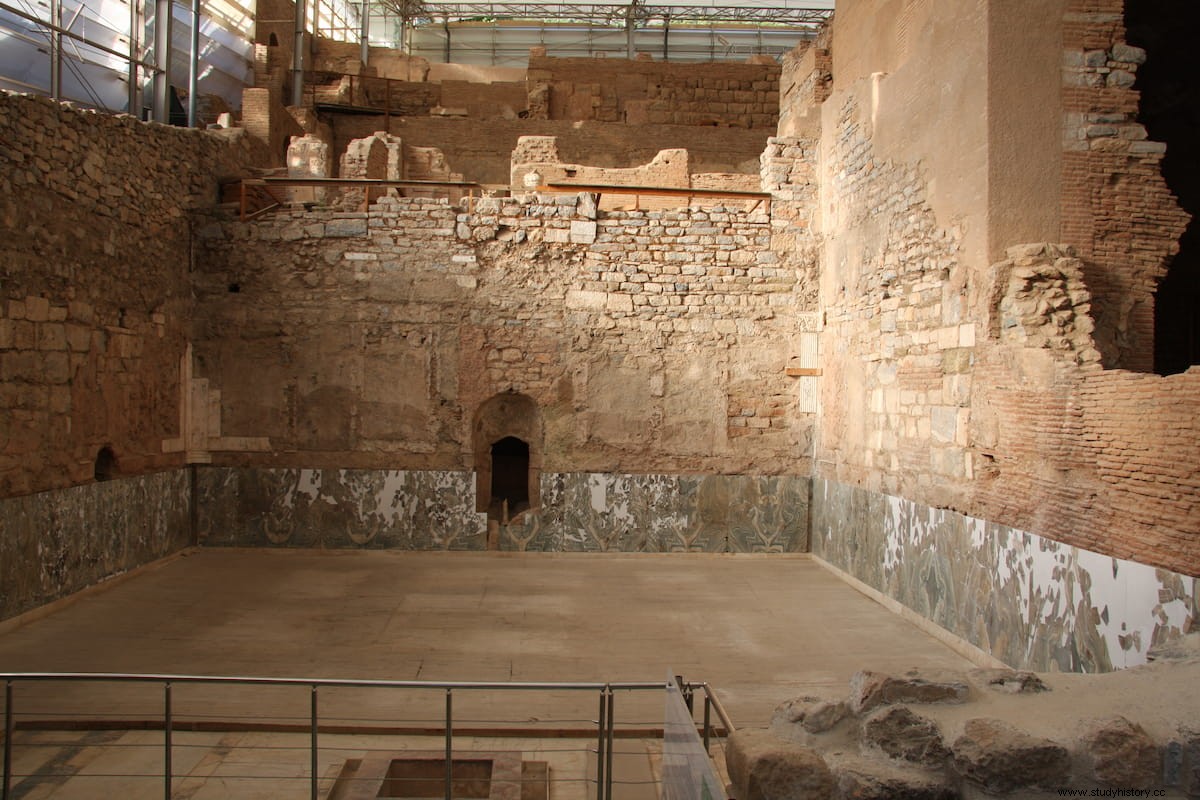
According to the researchers the slabs are about 16 millimeters thick and the gaps between them caused by sawing and subsequent polishing are about 8 millimeters. So the material loss caused by the manufacturing process is about a third, which is less than many of today's marble productions. This means that marble mining in the Roman imperial period was remarkably efficient.
An analysis shows that the Romans produced marble more efficiently than today (May 15).
11. An intact room in which a family of slaves lived, in Pompeii
In a suburban villa in Pompeii, archaeologists found an intact room, in which an entire family of slaves or workers would have lived.
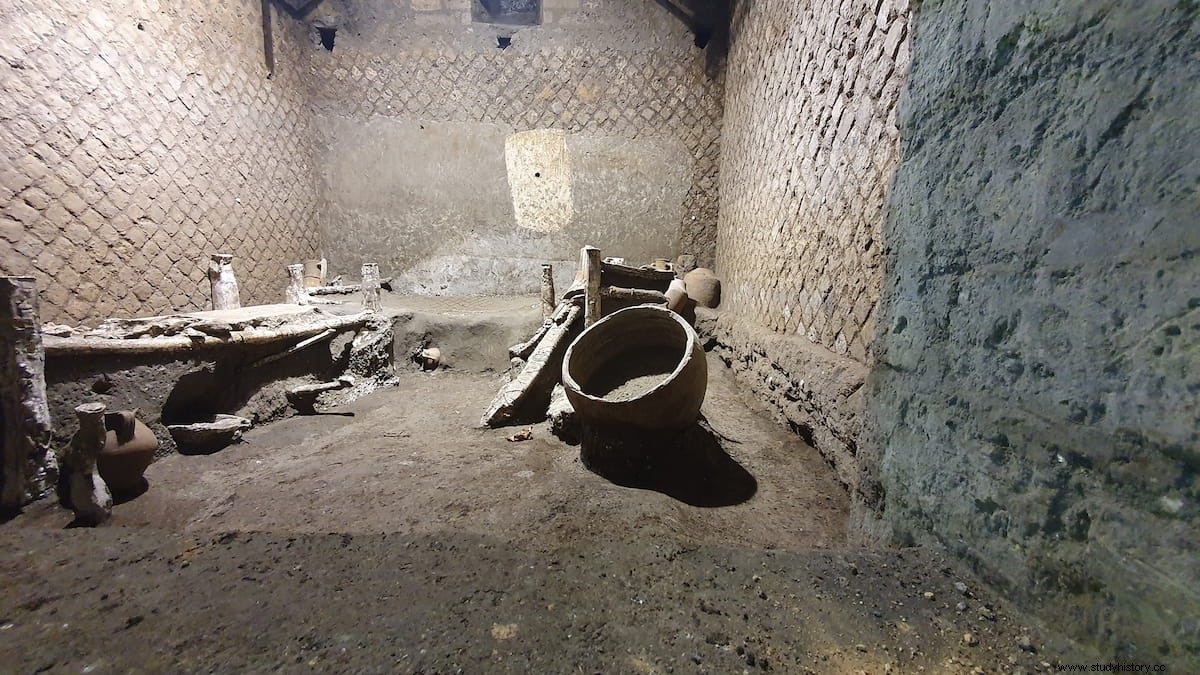
An extraordinary glimpse into a part of the ancient world that normally remains obscure, the room offers a rare insight into the daily lives of slaves, thanks to the exceptional state of preservation of the surroundings and the possibility of making plaster casts of beds and other objects made of perishable materials that have left their mark on the cinerite that covered the old structures.
The intact room of a slave family in a suburban villa is found in Pompeii (November 8).
10. Houses of Mayan salt workers, in Belize
The archaeologists found a three-part building construction sequence with salt ovens, at least one residence, and an outdoor area where fish was salted and dried.
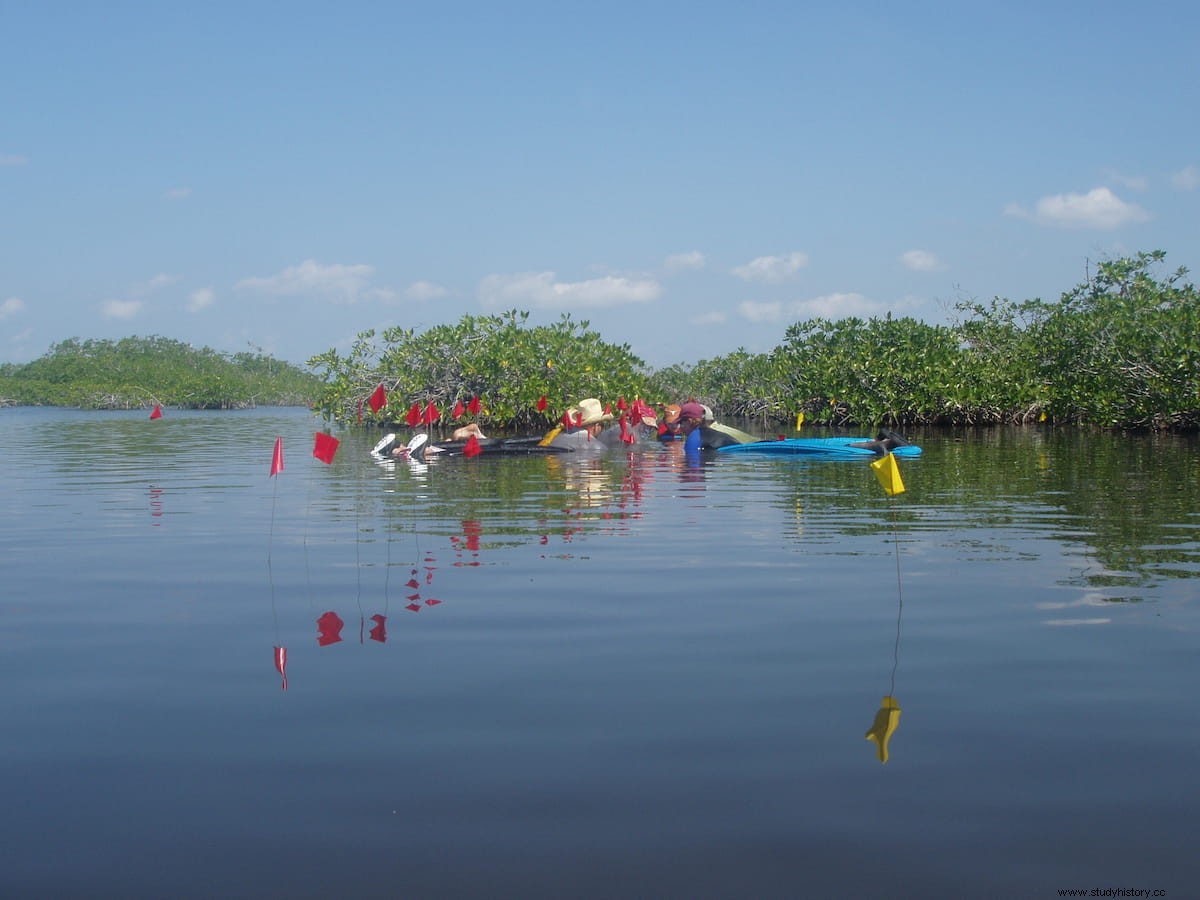
Research suggests that the Maya who lived permanently in the community engaged in surplus domestic production of salt that was well integrated into the regional economy, allowing them to purchase a variety of non-local goods .
Archaeologists discover dwellings of salt workers in an underwater Mayan site (November 19).
9. Prehistoric wars, in Sudan
Since its discovery in the 1960s, the 13-millennium-old Jebel Sahaba cemetery (Nile Valley, Sudan) has been considered one of the oldest testimonies of prehistoric warfare.

Now scientists have re-analyzed the bones preserved in the British Museum. The results show that it was not a single armed conflict, but a succession of episodes, probably exacerbated by climate change.
New analysis at Jebel Sahaba suggests that the oldest war in history was actually a succession of conflicts (May 31).
8. The military prowess of the Assyrians, in ancient Lachish
The Assyrian siege ramp at Lachish (an ancient city of the Kingdom of Judah identified with present-day Tell ed-Duweir), some 15 miles east of Hebron, is the only surviving physical example of their military prowess in the entire Near East.
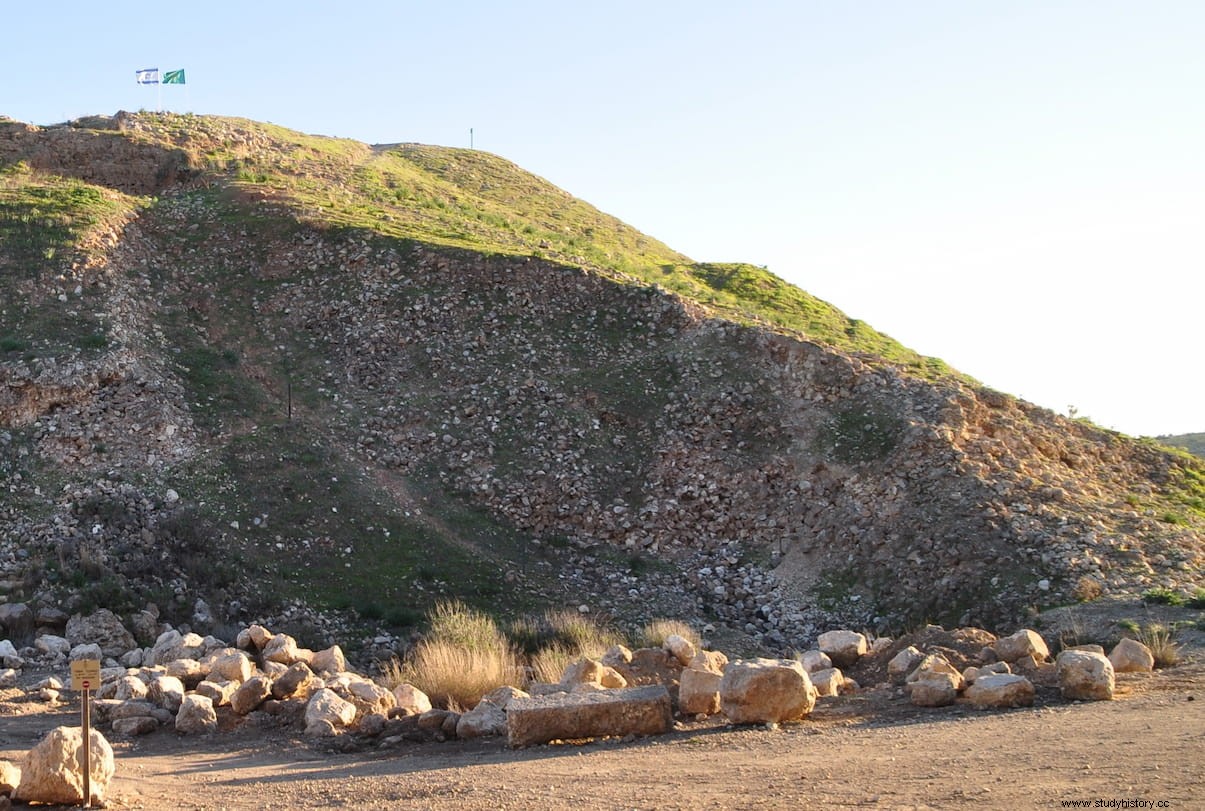
Now, for the first time, a team of archaeologists has pieced together how the Assyrian army was able to build the ramp and use it to conquer the city of Lachish.
They reconstruct how the Assyrians raised the siege ramp of Lachish, the only preserved example of their military prowess (November 9).
7. The oldest cave occupied by humans, in South Africa
Few places in the world preserve a continuous archaeological record spanning millions of years. Wonderwerk Cave, located in the Kalahari desert of South Africa, is one of those rare places.
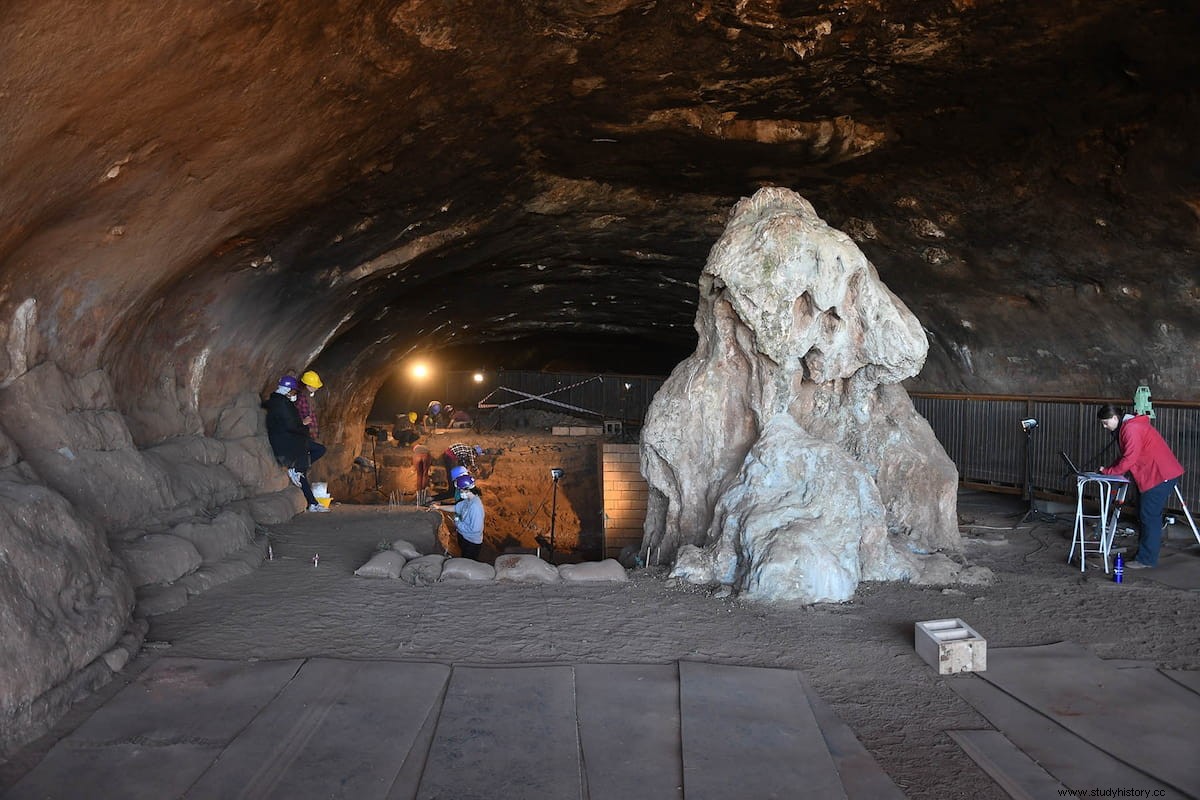
Wonderwerk Cave, which means “miracle” in Afrikaans, has been identified as the world's oldest cave occupation and the site of some of the earliest evidence of fire use and tool making among prehistoric humans. /P>
They find the oldest evidence of human activity in a cave in South Africa (April 27)
6. The miners who ate blue cheese and beer in prehistoric times, in Hallstatt
New analysis revealed that workers in the prehistoric Hallstatt salt mines ate blue cheese and brewed beer.
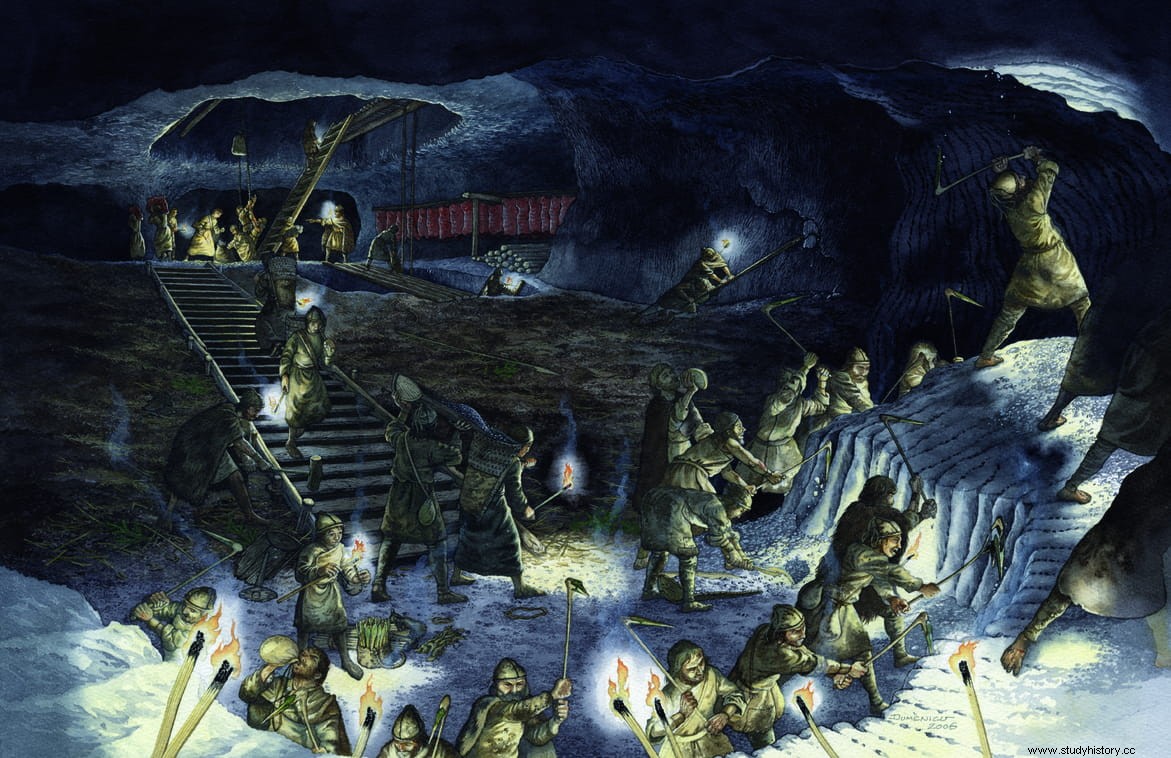
It is becoming increasingly clear that not only were prehistoric culinary practices sophisticated, but also complex processed foods, as well as the technique of fermentation, have played a prominent role in our early food history.
Miners working in the Hallstatt salt mines in the Iron Age ate blue cheese and drank beer (October 14).
5. Bronze Age swords with wooden hilts, in ancient Ripes (Greece)
Excavations this year in the ancient city of Ripes brought to light numerous pieces, including three Mycenaean swords from the Bronze Age, which retain part of their wooden hilts.
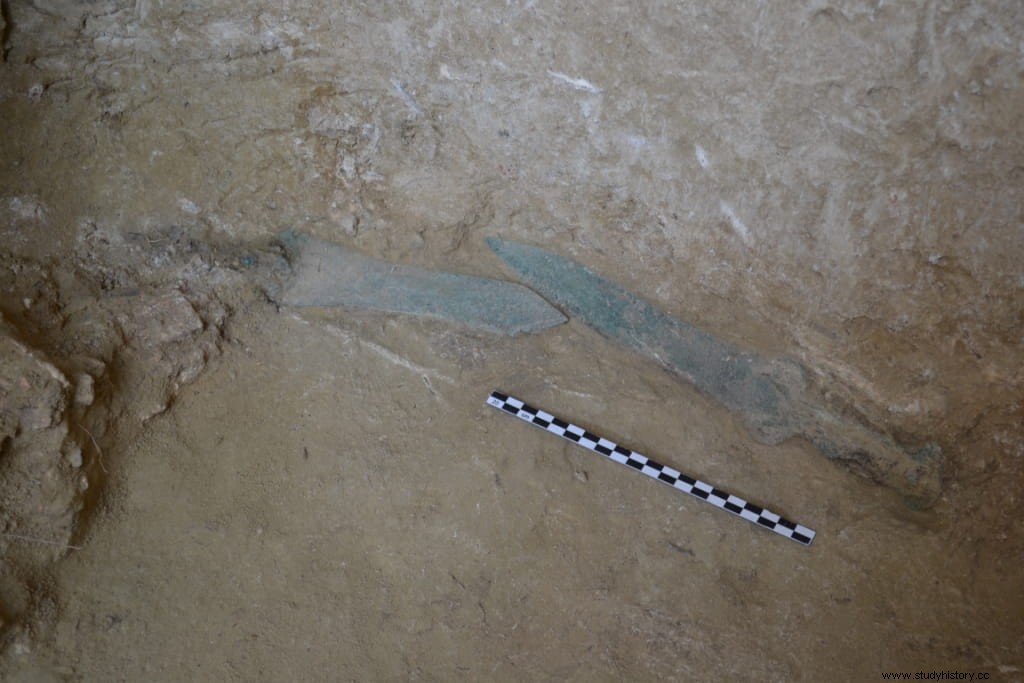
The weapons are products of the palace workshops, perhaps from Mycenae, so they are consistent with the epic and mythological tradition that has come down to us. According to it, Achaia belonged to the kingdom of Agamemnon, who would have gathered the most important men from neighboring Aegean to discuss how the campaign against Troy should be carried out.
Three Bronze Age swords that retain their wooden hilts are found in the ancient Greek city of Ripes (November 8).
4. The antiquity of the megalithic stelae in Ethiopia
Ancient stone monoliths in southern Ethiopia, up to six meters tall, are 1,000 years older than scientists thought, according to a new study published in the Journal of African Archaeology .
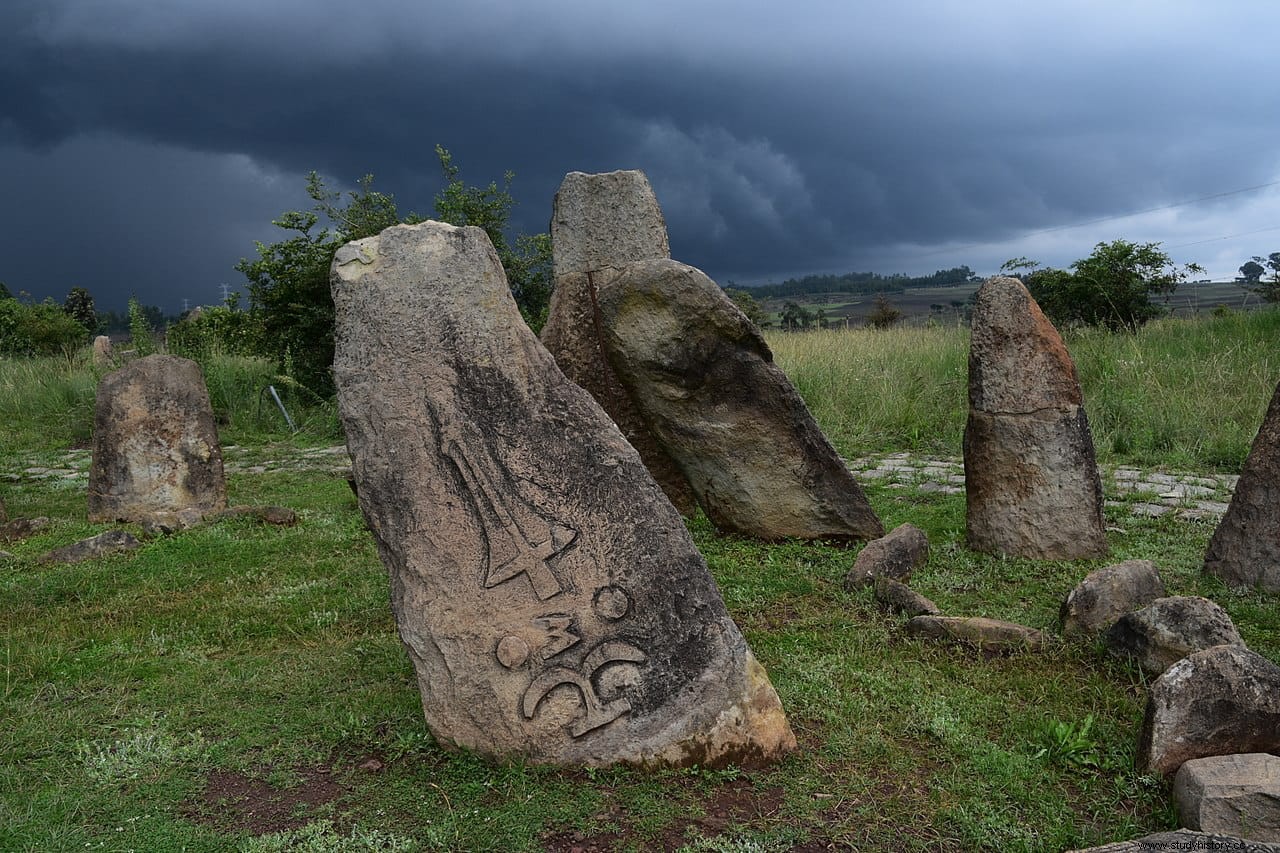
A Washington State University research team used advanced radiocarbon dating to determine that the monoliths at the Sakaro Sodo archaeological site in the Gedeo area of Ethiopia were likely created sometime in the 1st century AD.
Ethiopian megalithic stelae are 1,000 years older than previously thought (December 9).
3. The technological advance of the first North American civilization
For a long time it was believed that the Native Americans who occupied the area known as Poverty Point in northern Louisiana were simple hunters and gatherers. However, new archaeological finds paint a very different picture of North America's first civilization. These early indigenous people were highly skilled engineers capable of building massive earthen structures in a matter of months – possibly even weeks – that withstood the test of time, the findings show.

One of the most remarkable things is that these earthworks have stood for over 3,000 years without failure or major erosion. By comparison, modern bridges, highways, and dams fail with amazing regularity because building things out of dirt is more complicated than you might think.
New evidence supports the idea that the first North American civilization was made up of "sophisticated" engineers (September 2).
2. A strange relief in the Roman camp of Vindolanda, in the United Kingdom
A beautifully carved sandstone relief depicting a nude male figure holding a spear in front of a horse/donkey was found at the Roman fort at Vindolanda, near Hadrian's Wall in Northumberland. The entire stone, measuring 16 by 31.5 centimeters, would have originally been placed in a recess.
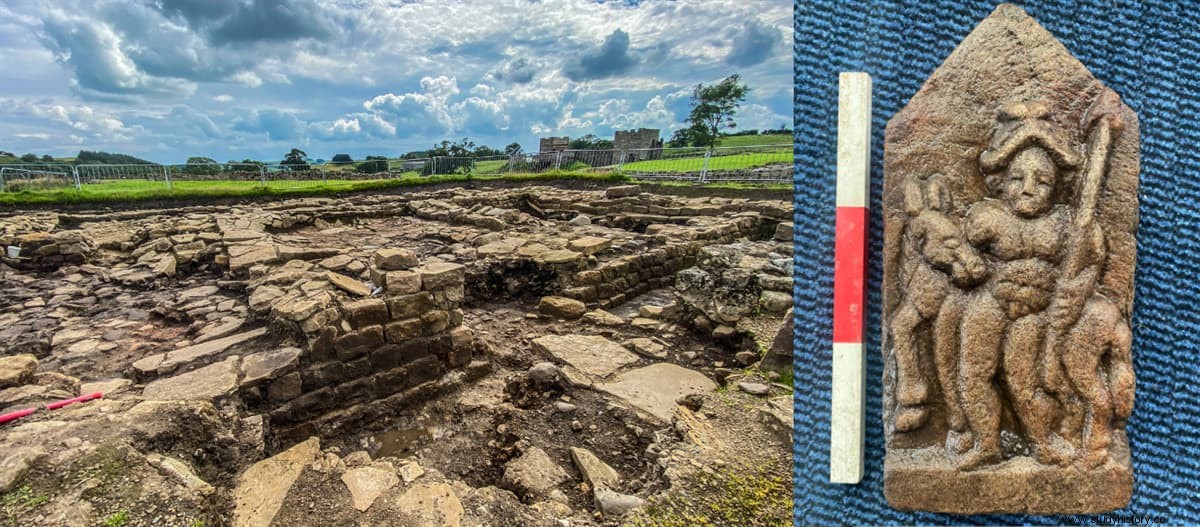
He is probably a god, rather than a simple cavalryman; he also carries a spear on his left arm, a common attribute of the god of war, Mars; however, when looking at his head, the two nearly circular features could be identified as wings:a common attribute of Mercury, god of travel. Horses and donkeys are also often associated with Mercury as the protector of travellers.
Relief of a mysterious horseman found at the Roman site of Vindolanda, next to Hadrian's Wall (June 28).
1. The first dresses were made from tree bark, in Çatalhöyük (Turkey)
Some believed that people made their clothes from wool. Others thought they were made of linen. In fact, they have been discussing the type of clothing that was worn in Çatalhöyük since 1962, when the first pieces of cloth were found. Who was right? After nearly 60 years, we now know the answer. Neither.
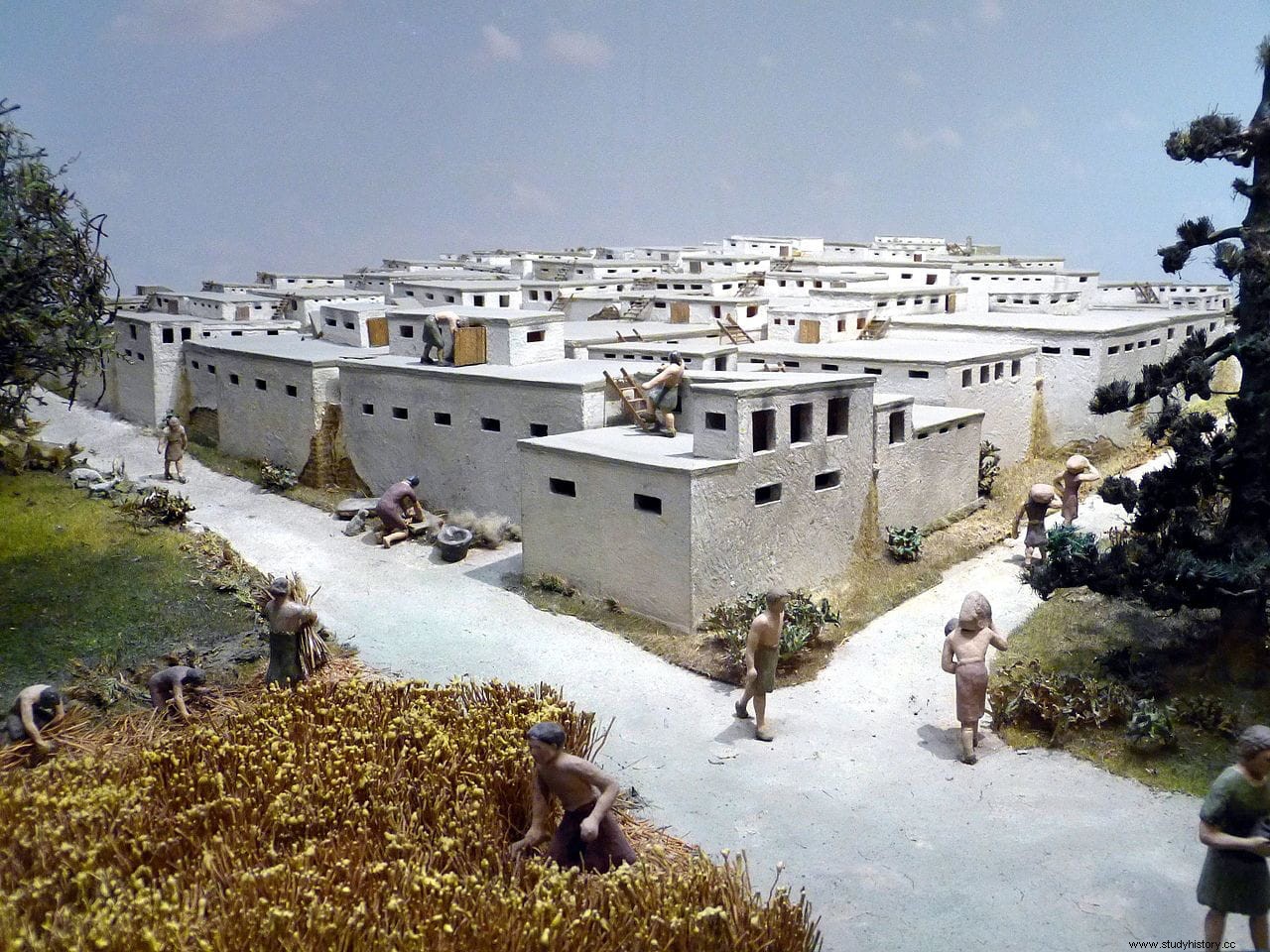
The inhabitants of Çatalhöyük used the bark of the oak, so they made their clothes with the bark of the trees they found in their environment. They also used oak wood as a building material for their houses, and no doubt harvested the bast fibers when the trees were felled.
The oldest fabrics in history, found in Çatalhöyük, are made from oak bark (November 11).
